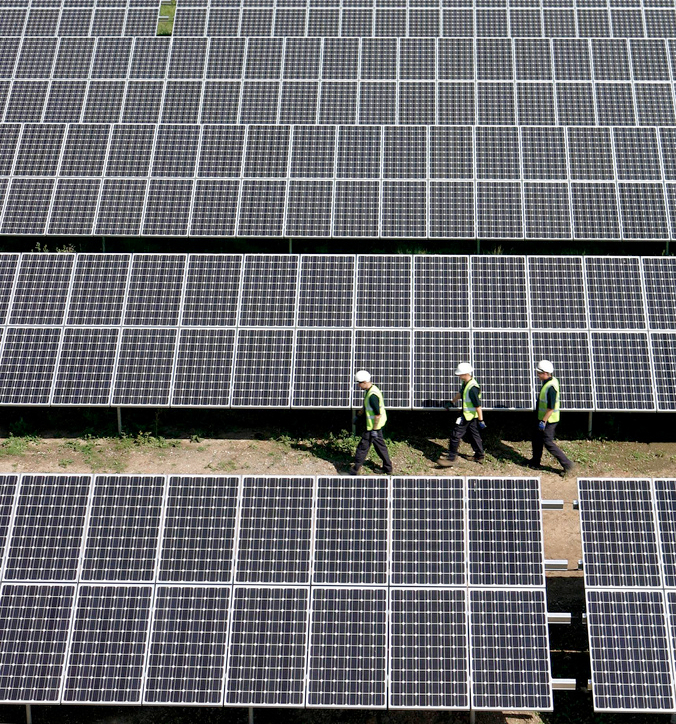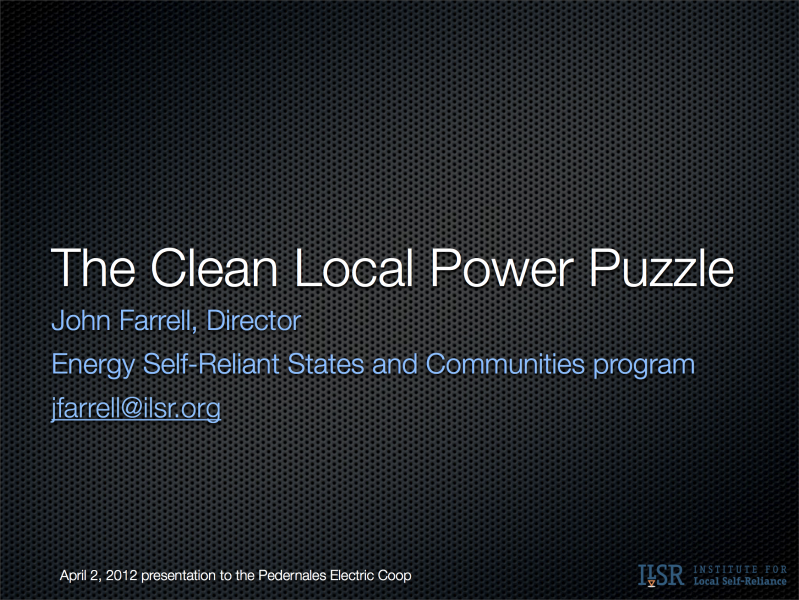Whether German feed-in tariffs or U.S. tax incentives, opponents of solar rail at its perceived high cost. But a story making rounds this week, “why power generators are terrified of solar,” presents a powerful image that may flip this conventional wisdom on its head. Building lots of solar power can actually reduce electricity prices, to the dismay of utilities.
The story comes from Germany, where a decade of consistent policy has resulted in thousands of megawatts of distributed solar installed on urban rooftops and rural barns. This year, it was noted that the surge of “solar PV was cutting peak electricity prices by up to 40%.” The following graphic of prices on the German electricity exchange – which Craig Morris calls “the afternoon dip” – illustrates the effect. The default view is 2008, showing steady, high prices in the market throughout the afternoon. Mousing over shows the same time period in 2012, where an abundance of solar has sharply cut afternoon power costs.

German Solar Shaves Afternoon Peak Electricity Price
What’s happened is the “merit order effect.” Because utilities have purchased all this solar capacity on long-term contracts, there is effectively zero marginal cost to taking the solar electricity onto the grid. And in Germany, there’s enough solar electricity on sunny afternoons to completely offset the traditional spike in electricity demand created by air conditioning. So, instead of taking electricity from expensive gas peaking power plants or diesel generators, utilities have low-cost solar filling the gap, undermining the previous price peaks.
The fall in wholesale power costs from so much solar represents a delicious irony. For years, solar advocates have justified high prices as necessary to help the market mature and – because solar is such a small part of total power generation – that solar will cost the average ratepayer very little. The truth is that the impact of solar may be large, but in the opposite direction.
Photo credit: Toyota UK





